In considering this impressive title and the joining together of two Orders who were at one time, while not actual enemies, militant rivals, one must really appreciate that no claim is made to any historical connection with the medieval Military Orders.
Whilst the earliest references to Masonic Knight Templar activity in the British Isles are to be found in Ireland, the earliest known records in England were minuted at Portsmouth in 1777. In most instances these rituals appear to have been worked under the authority of existing warrants of certain Royal Arch Chapters as appendant degrees and were not organised masonically in any strict sense of the word. It was not until 1791 that a Grand Conclave was formed comprising seven independent Encampments, when Thomas Dunckerley was installed as Grand Master.
Expansion during the formative years was extremely slow, particularly under the Grand Mastership of HRH the Duke of Sussex (1812-
The degrees as practised in over 420 Preceptories on the roll of the Great Priory of England are:
Knight Templar
Knight of St Paul or Mediterranean Pass
Knight of Malta
Reference: ‘Beyond the Craft’ by Keith B Jackson. Published by: Ian Allan Publishing
DGLSA North
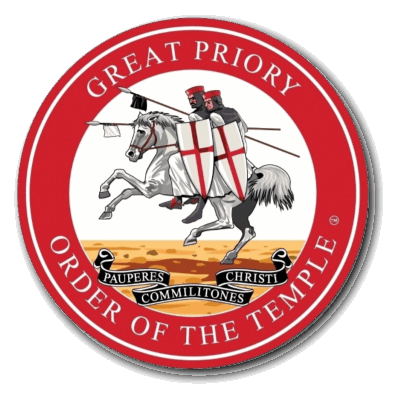
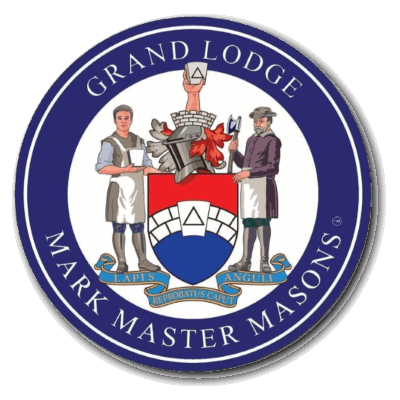
While there is evidence that a form of Mark degree was extant in Scotland as early as 1599, according to earliest known English records, Mark masonry was introduced in a speculative body at Portsmouth on 1 September 1769 at Royal Arch Chapter No 257, when Thomas Dunckerley made certain brethren Mark Masons and Mark Masters, each choosing his mark.
This degree was subsequently worked in many lodges and even under the authority of the old Grand Lodge at York, but the effect of the Union in 1813 between the Antients and Moderns was the specific recognition of the three Craft degrees only, including the Holy Royal Arch and thus comÂpletely excluding the Mark degree. Nevertheless many lodges continued to work the degree and while the original circumÂstances would appear to have been detrimental to Mark masonry, they were eventually to cause several leading Mark masons to found their own Grand Mark Lodge in June 1856, with Lord Leigh as the first Grand Master.
Happily by 1860 a Concordat establishing a common ceremonial was entered into by the English Grand Mark Lodge and the Grand Chapter of Scotland and slowly this degree grew in popularity to make it together with the Royal Arch one of the most successfully supported degrees in freeÂmasonry. Today there are over 1,200 Mark lodges under the English Constitution and it is interesting to note that a vast number of brethren who have attained eminence in the Craft have been no less eminent in the Mark.
Reference: “Beyond the Craft™” by Keith B Jackson.
Published by: Ian Allan Publishing
DGLSA North
While the first references to the Order of David and Jonathan are known to be of Dutch origin, the Secret Monitor arose in America as a side degree conferred by any mason who had received it himself. It was brought to England by Dr I.Zacharie when he returned from America (following the Civil War) around 1875. Under his leadership a Grand Council was formed in 1887 and the ritual was extended when a further two degrees were added, one of which pertained to the chair of Supreme Ruler.
The degrees gained in popularity, but this success was to bring about a series of unfortunate events, for in the meantime the Grand Council of Allied Masonic Degrees had been empowered by an American body (of similar name) to confer their version of the degree. This resulted in the Allied body denouncing the Grand Council of the Order of the Secret Monitor and attempting to assume sole jurisdiction over the degree, but in spite of this Dr Zacharie’s group prospered.
Regretfully a period of over 37 years elapsed, during which both orders were conferring a Secret Monitor degree, but the matter was finally resolved in 1931 when C. W. NapierClavering was in the favourable position of being Grand Supreme Ruler and also Grand Master of Allied Masonry. He then implemented an agreement transferring all rights to the Grand Council of the Order of the Secret Monitor and the degree was removed from the list of degrees of the Allied body.
The Order comprises of the following degrees:
Secret Monitor
Prince
Supreme Ruler
Reference: ‘Beyond the Craft’ by Keith B Jackson. Published by: Ian Allan Publishing
DGLSA North
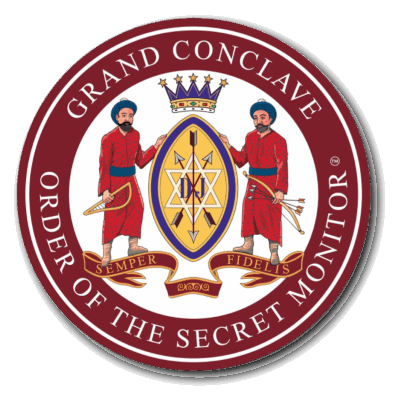
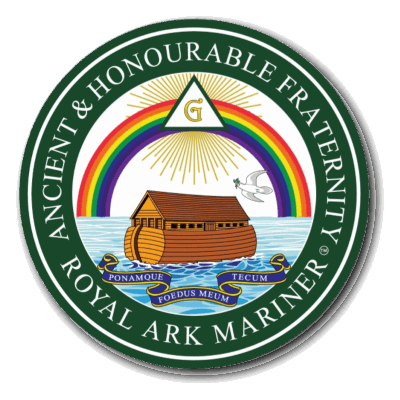
While the statutes of a self-
The first authentic record of the degree appears in the minutes of a meeting held in Bath in 1790, while numerous records exist throughout the country of ‘elevations’ since that date. This degree however was to experience great difficulties and it was many years before a serious revival of Ark Masonry took place, but in 1816 a Brother John F. Dorrington awakened a renewed interest in the degree when he became Grand Commander.
It was this revival that eventually stimulated the Grand Lodge of Mark Master Masons to take decisive action by placing the degree under its protection.
A Grand Master’s Royal Ark Council was formed to regulate the degree and the first original working under the new constitutions was effected in Mother Lodge of Royal Ark Mariners No 1 in 1872. Since then the fraternity has grown apace and lodges of this degree have spread throughout the world; today there are over 570 lodges working under the English Constitution.
Reference: ‘Beyond the Craft’ by Keith B Jackson. Published by: Ian Allan Publishing
DGLSA North
The full title of this Order is The Masonic and Military Order of the Red Cross of Constantine and the Orders of the Holy Sepulchre and of St John the Evangelist.
The origin of this Order is surrounded by considerable mystery, for while mention is made of the ‘Red Cross’ degree as early as 1813, it would be negligent to assume that the Red Cross of Constantine was the degree in question, for there were a multiplicity of organisations around 1800 which had assumed the title of ‘Red Cross of . . .’, all with rituals propounding widely differing legends.
It is worthy of note, however, that Robert Carlile, who was fairly accurate in his revelations, published an ‘Exposure’ in 1825 which featured a degree called the Red Cross of Rome and Constantine, and the working, while being a very shortened version, is strikingly similar to that in use today. It is therefore not unreasonable to assume that the Red Cross of Constantine was being actively promoted in the early nineteenth century and even possibly the late 1700s; but it is now an accepted fact that the establishment of the Order as we know it, was the work of Robert Wentworth Little who supposedly reconstituted the Grand Council with the assistance of W. H. White (Grand Secretary of United Grand Lodge) and W. J. Hughan (the famous masonic historian) in 1865.
While progress was initially slow, the Order nevertheless attracted a host of devoted adherents; not only did it take root in England, but it spread elsewhere with great rapidity and within eight years over 100 conclaves had been chartered, and by 1880 six new Sovereign Grand Conclaves or Councils had been formed by conclaves originally owing allegiance to England. Today there are over 350 conclaves on the roll of the Grand Imperial Conclave and happily this delightful Order continues to flourish.
The degrees controlled by this sovereign body are:
Knight of the Red Cross of Constantine
Knight of the Holy Sepulchre
Knight of St John the Evangelist
Reference: ‘Beyond the Craft’ by Keith B Jackson.
Published by: Ian Allan Publishing
DGLSA North
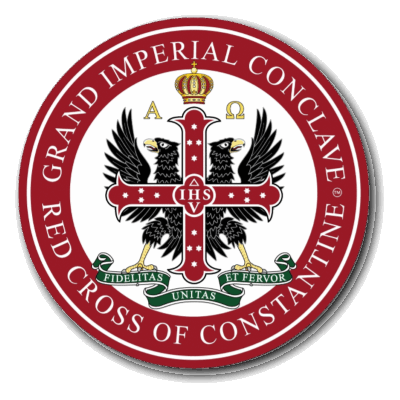
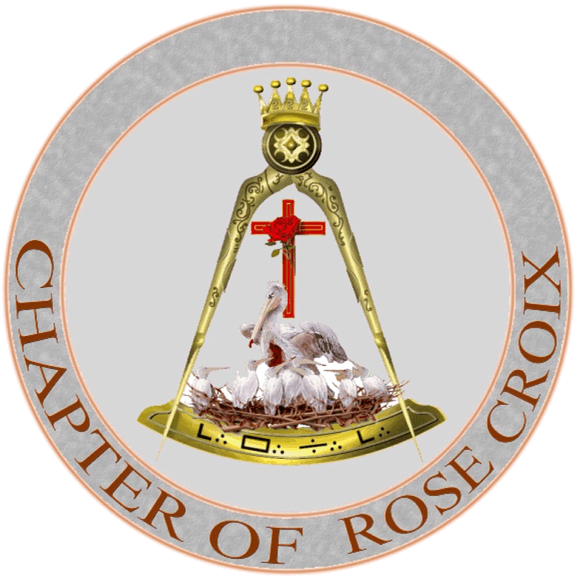
SUPPLY INFO
The full title of this Order is the Worshipful Society of Free Masons, Rough Masons, Walkers, Slaters, Paviours, Plaisterer’s and Bricklayers.
The constitutions of the Society state that the Order was founded in 1913, although claims of certain members (circa 1910) hinted at a much more ancient vintage. A paper by W Bro Thomas Carr published in the 1911-
In due course on 21 May 1913, the Channel Row Assemblage was reconstituted (?) at Bedford House, just off the Strand, when W Bro Carr officiated as Enthroning Master under a special letter of authority, issued by ‘the Masters’ and signed by the Secretary of the York Division (W Bro Clement E. Stretton).
The ritual of ‘the Operatives’ as they are familiarly called, is more archaic in form and much fuller than that of ‘the Speculatives’, containing practical instruction of which only echoes are found in speculative ritual, thereby providing an interesting field of study for the serious masonic student.
The degrees of the Society are seven in number, namely:
There are at present some ten Assemblages of the Society spread throughout England, two of which meet in London.
Also see Freemasonry Today
Reference: ‘Beyond the Craft’ by Keith B Jackson. Published by: Ian Allan Publishing
DGLSA North
